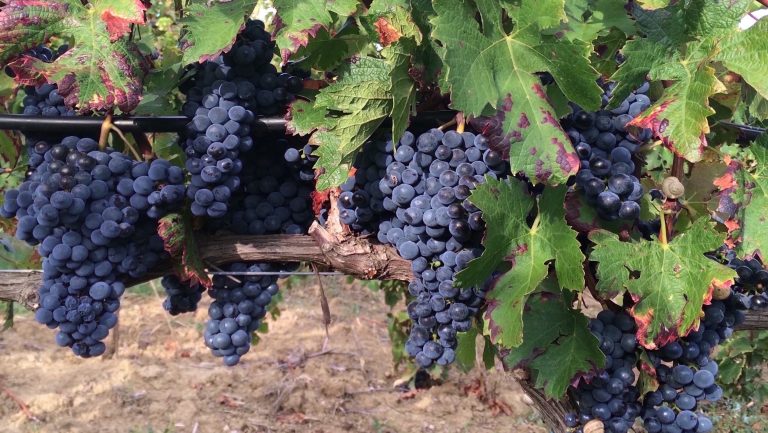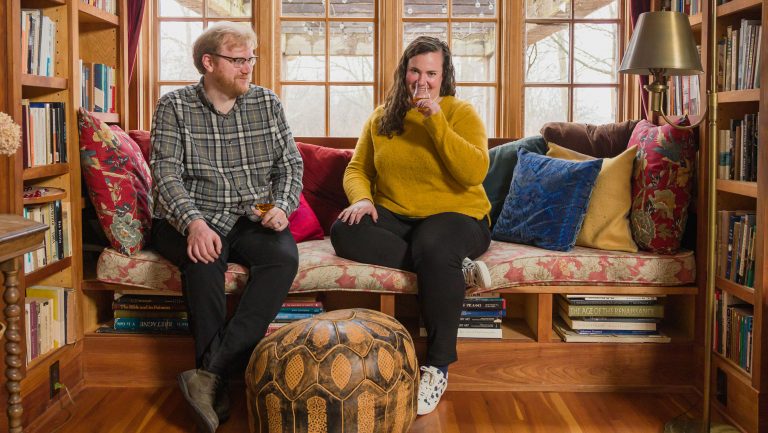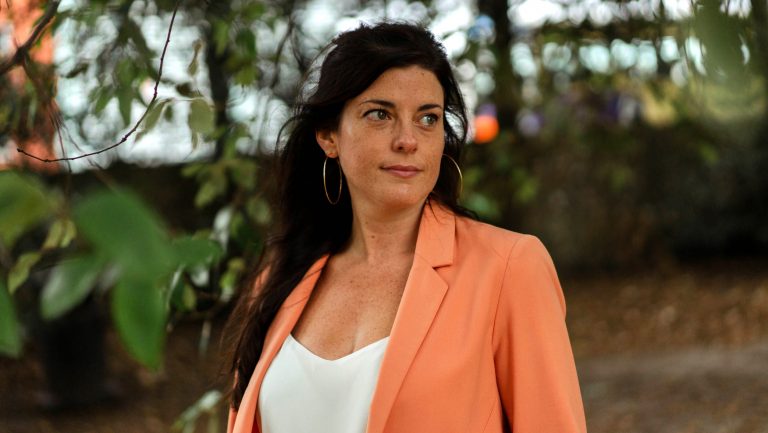Awarded for: The first authorized disease-resistant grape varieties in France open up a major avenue for adapting viticulture for climate change and the environmental challenges ahead.
Would you like a glass of red wine—perhaps Artaban or Vidoc? If you’d rather have white, how about some Floréal or Voltis? While varieties like Cabernet Sauvignon and Chardonnay dominate current bottlings, these varieties of the future may be closer than you think. This year, the first four INRA-ResDur varieties were registered on France’s national list of authorized wine grape varieties and have actually gone into production in some parts of the country.
The ResDur project was started in 2000 by France’s National Institute for Agricultural Research (INRA), with the specific goal of creating new wine grape varieties that would be resistant to fungal diseases—in particular, downy and powdery mildew. Every season—and increasingly so with the extreme weather caused by climate change—these chronic diseases attack leaves and grapes and cause large amounts of pesticides to be used in vineyards all over the world. INRA says that the new disease-resistant varieties can reduce the use of pesticides by 80 to 90 percent.

Don’t miss the latest drinks industry news and insights. Sign up for our award-winning newsletters and get insider intel, resources, and trends delivered to your inbox every week.
Didier Merdinoglu, the director of research at INRA in Colmar, France, and one of the many researchers taking part in this long-term effort, explains that ResDur combined classic crossing methods (cross-pollination of varieties as well as new varieties started from seed) with genetic analysis, allowing researchers to quickly identify resistance markers and then propagate the most promising varieties. “We look for multiple markers in new varieties to ensure that the resistance will be long lasting,” he says. The four varieties were selected for their multiresistant character “and for the absence of any unpleasant character or winemaking faults.”
The experiments are now literally bearing fruit—in small but commercial quantities. The Languedoc cooperative producer Les Vignobles Foncalieu recently released a 100 percent Artaban red called Nu.Vo.Té, a fresh and light, organically grown wine with a berry and spice profile. It has an 11.5 percent alcohol level, remarkably moderate for Southern France. In addition to the advantages or sustainable viticulture, this character could make the Artaban grape quite desirable as a balancing component in regional blends, given the context of climate change and hotter vintages.
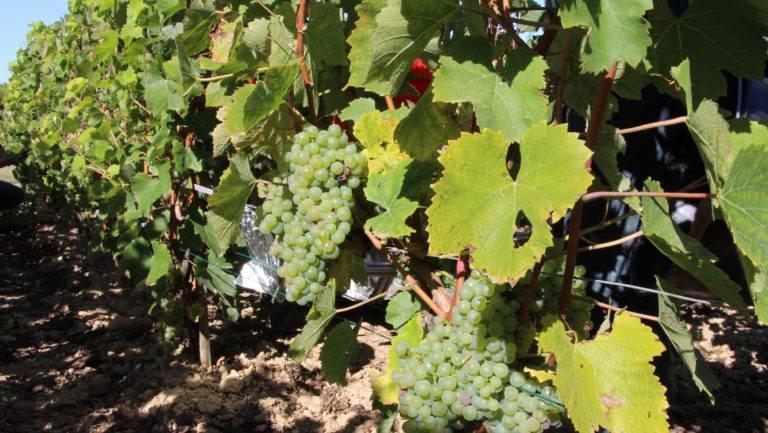
Merdinoglu points out that the four newly registered varieties are the tip of the iceberg. “There are currently about 60 varieties in the final stages of tasting,” he says, “and though there’s no definite number yet, it can be expected that about 30 of them should be ready for production over the next few years.”
A significant shift has also occurred in the way in which new resistant varieties are being developed, says Arthur Froehly, the technical manager in Colmar for the CIVA, the body that oversees wine production in Alsace and works in collaboration with INRA as well as the French Wine and Vine Institute. “INRA now has programs for creating new varieties in every region of France,” Froehly says. “In Alsace, they’re working on crossing resistant varieties with Riesling and Gewürztraminer.”
“Regions are starting to see that you can combine quality and resistance,” says Merdinoglu, who adds that some experimental Champagnes containing a small amount of Voltis scored better than traditional Champagnes in blind tastings conducted by INRA with regional wine organizations.
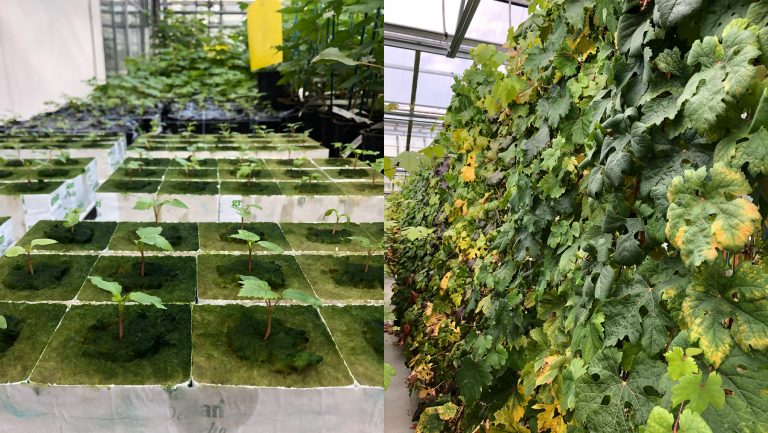
The new round of varietal creation has posed some interesting challenges. Merdinoglu says that in Bordeaux, defining both the profile of varieties like Cabernet Sauvignon and the desirable traits that should be favored in new crossings was not as easy as might have been imagined.
Arthur Froehly and Merdinoglu point out that the INRA ResDur initiative is one of many angles from which problems of disease resistance and climate change adaptation are being approached. “Here in Alsace,” says Froehly, “we’re also working on how rootstocks could help adapt vineyards to changing conditions, and we’re establishing massale selections from old vines in existing vineyards.”
The people, projects, and ideas recognized in this year's awards are truly transformative, addressing everything from climate change to social equity in the industry. Get to know the trailblazers forging new paths in the beverage alcohol space.

SevenFifty Daily's 2019 Drinks Innovators
Merdinoglu says that INRA researchers are also investigating short and long ripening cycles, acidity retention, and heat resistance in new varieties, as well as resistance to viruses and other variables. With the future trajectory of climate change uncertain, the INRA’s experiments are creating new possibilities for the wine industry in a time of transition.

Dispatch
Sign up for our award-winning newsletter
Don’t miss the latest drinks industry news and insights—delivered to your inbox every week.
Rémy Charest is a journalist, writer, and translator based in Quebec City, Canada. He has been writing about wine and food since 1997 for various Canadian and American print and online publications, including Chacun son vin/WineAlign, Wine Enthusiast, Le Devoir, Le Soleil, EnRoute, Palate Press, Punch Drink, and Châtelaine, and has been a regular radio columnist for CBC/Radio-Canada. He has also judged national and international wine competitions, notably the WineAlign National Wine Awards of Canada, the TEXSOM International Wine Awards, and the International Rosé Championships.

